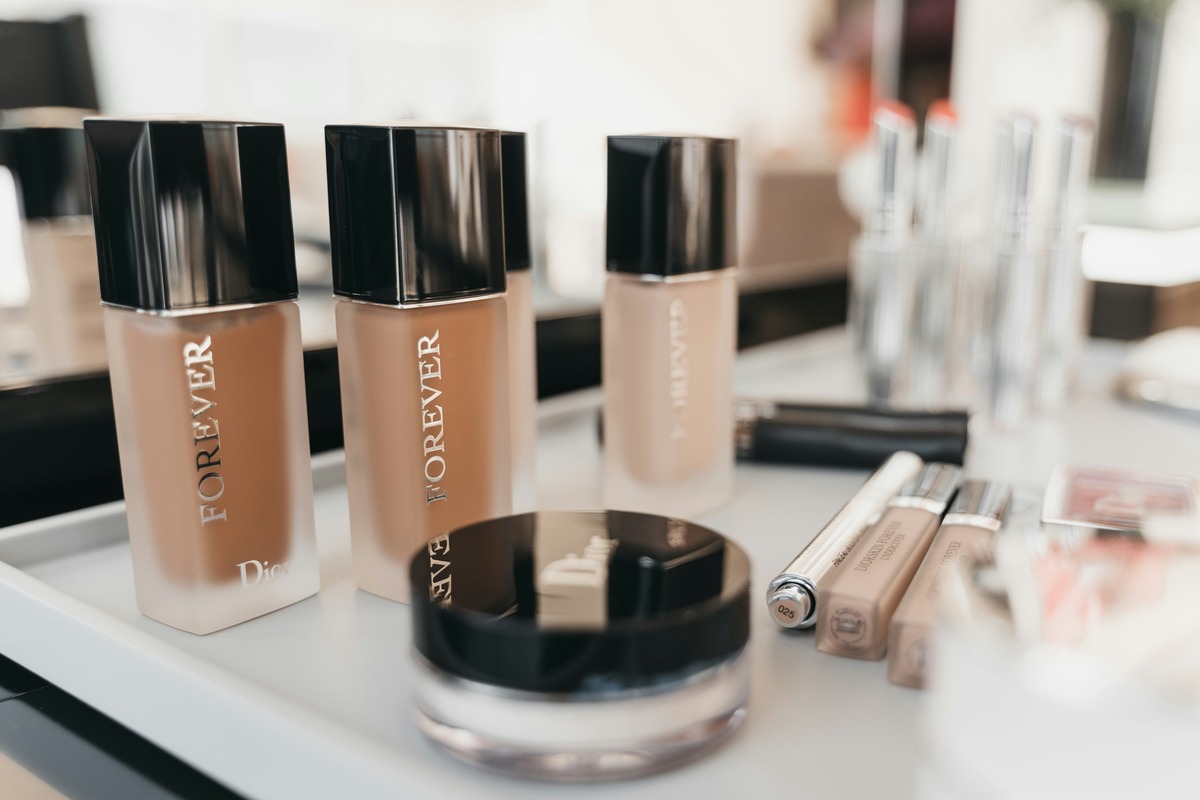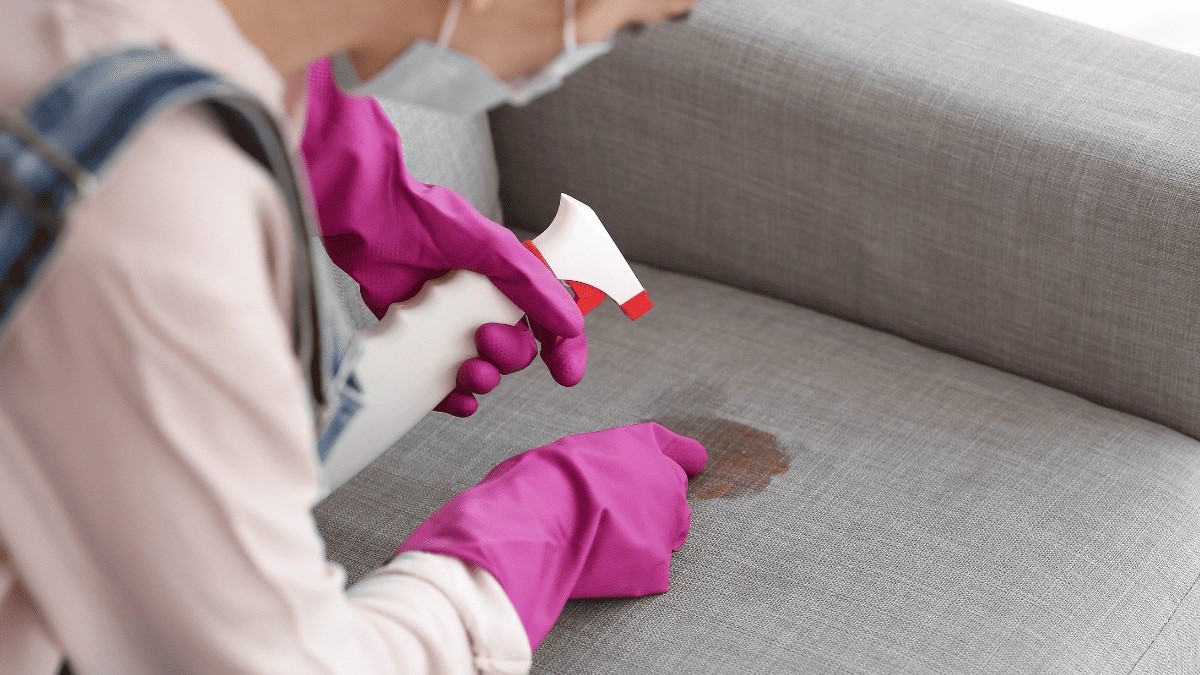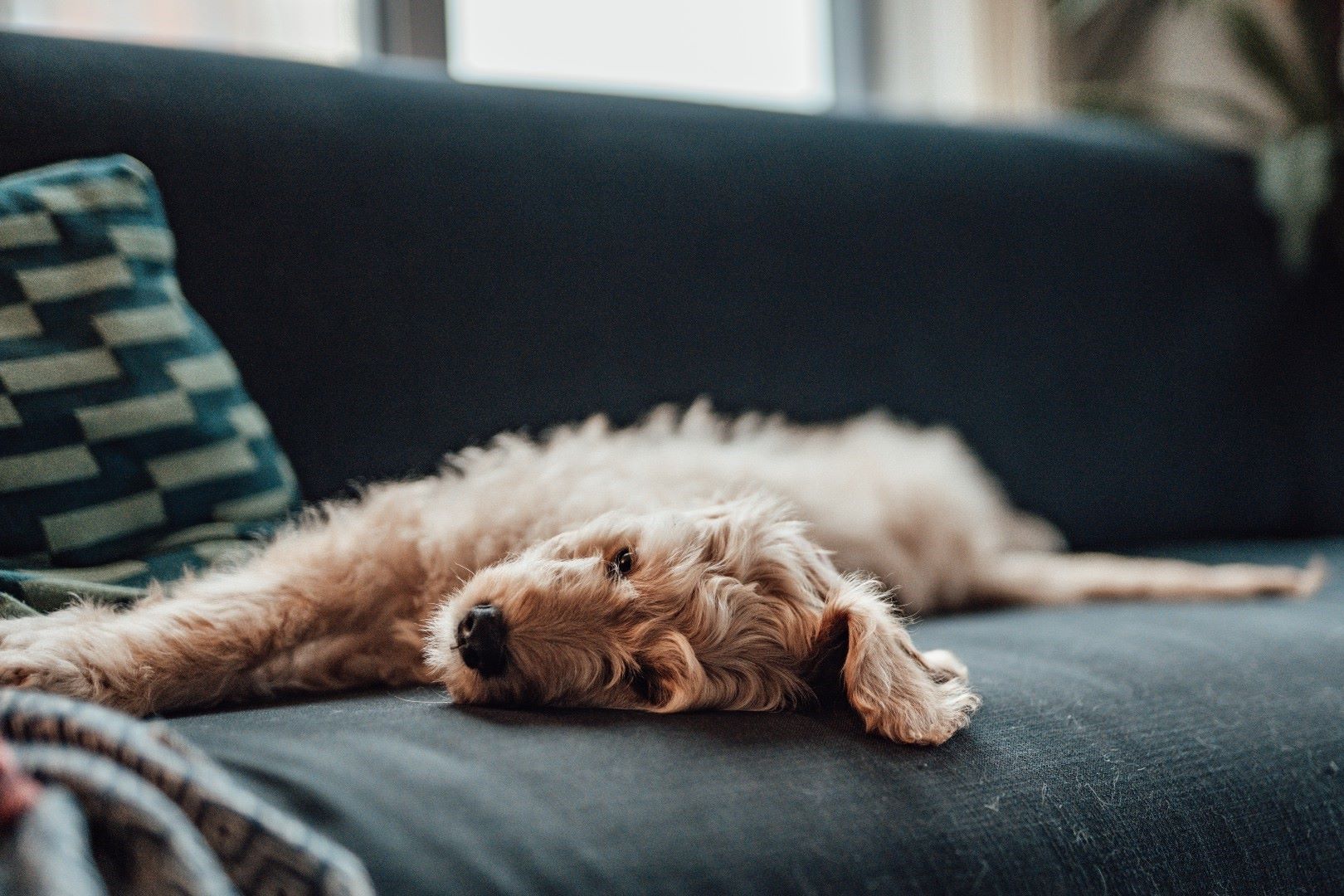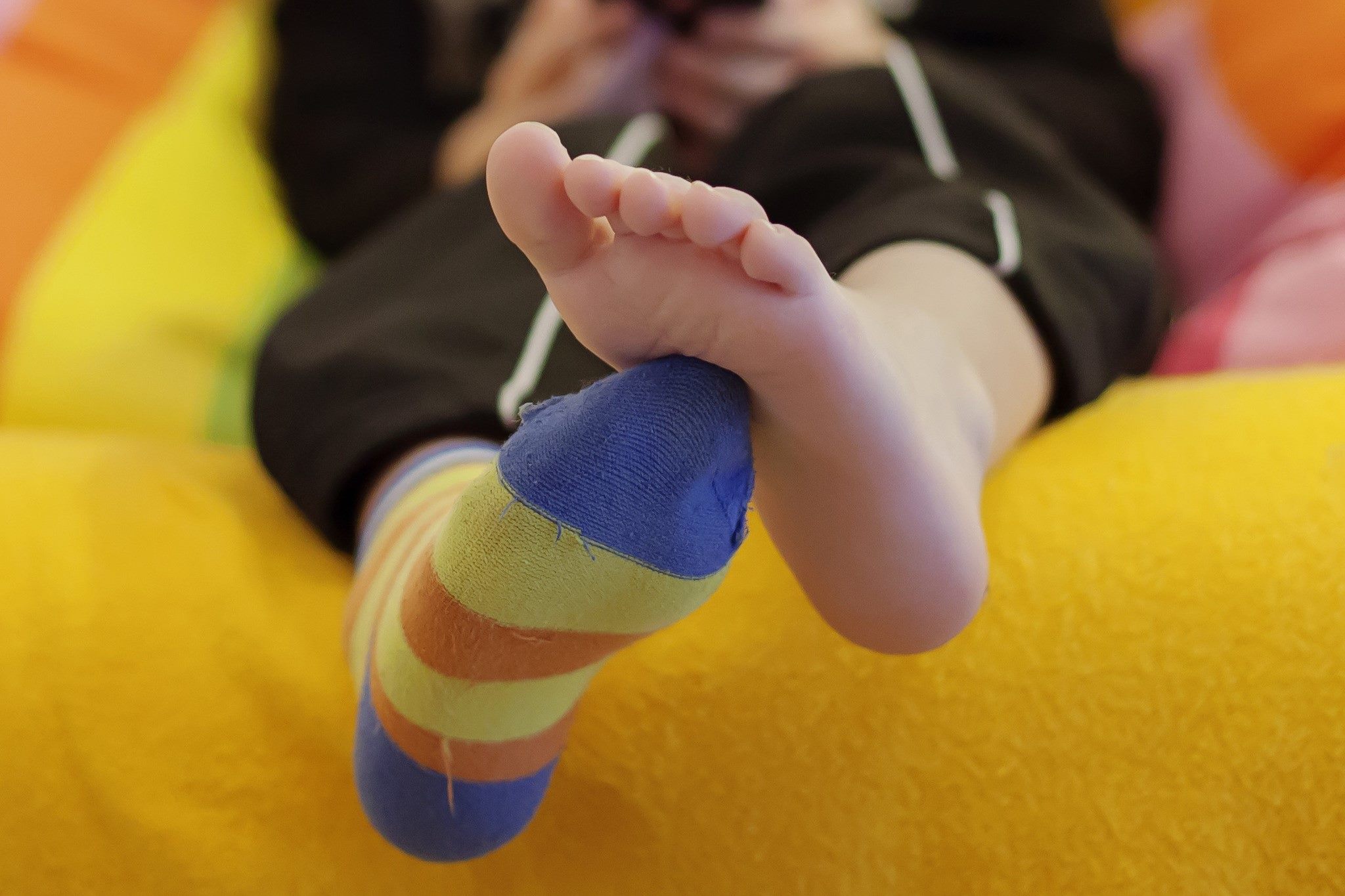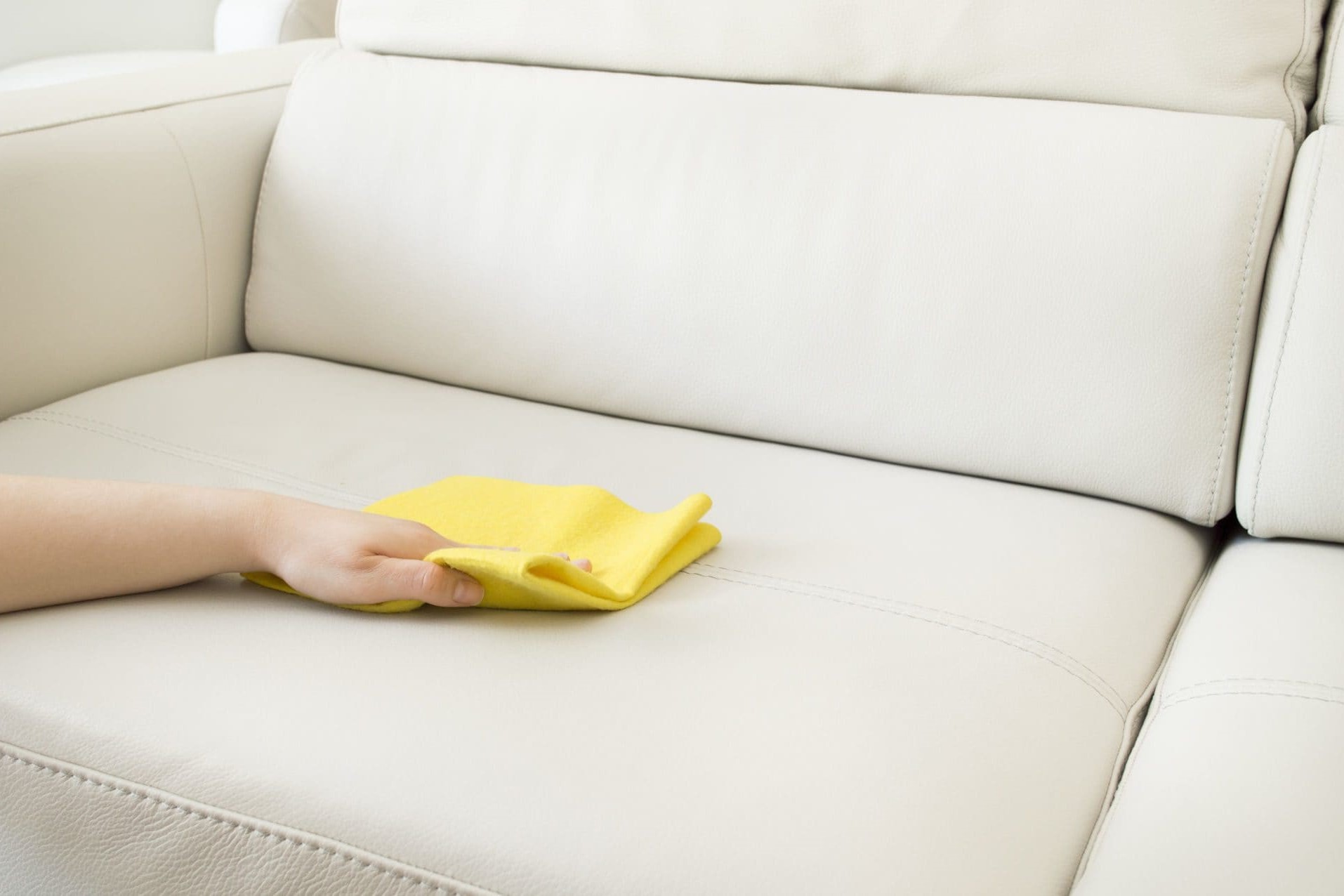Home>Home and Garden>How To Stop Couch From Sliding
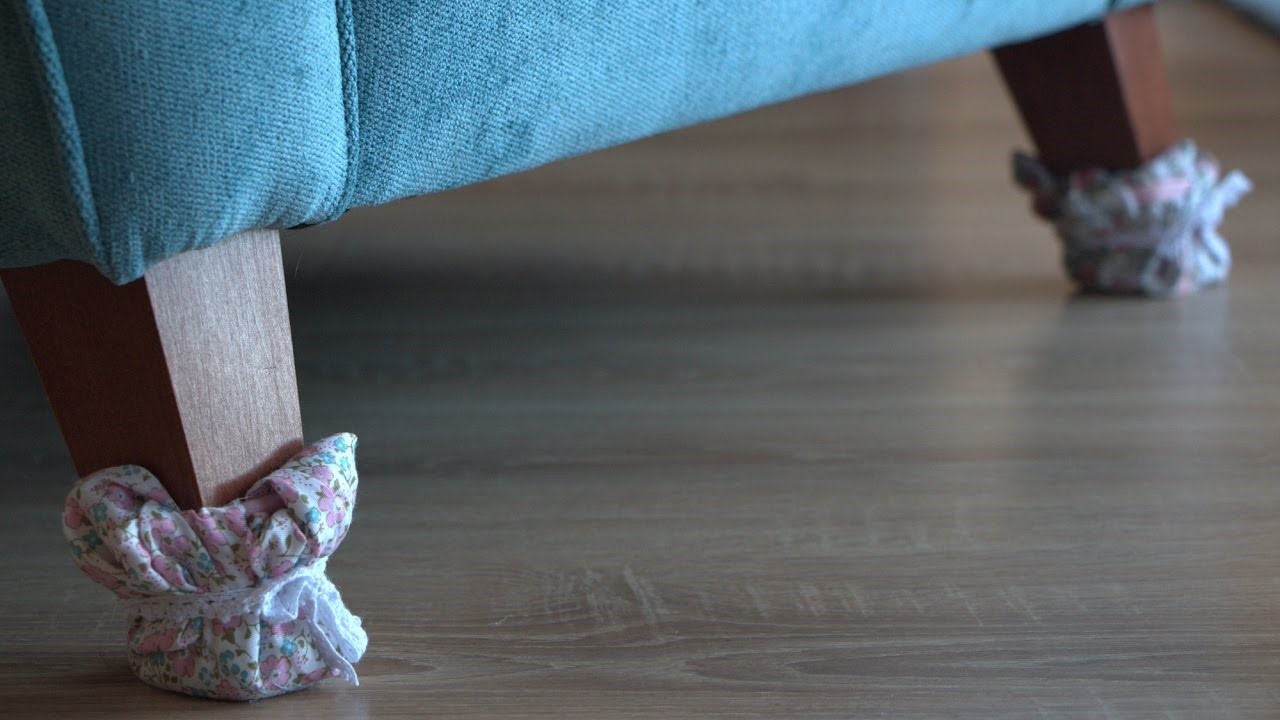

Home and Garden
How To Stop Couch From Sliding
Published: March 2, 2024
Learn effective ways to prevent your couch from sliding on hardwood floors and keep your home and garden safe and secure. Discover simple tips and products to stop couch movement and maintain stability.
(Many of the links in this article redirect to a specific reviewed product. Your purchase of these products through affiliate links helps to generate commission for Noodls.com, at no extra cost. Learn more)
Table of Contents
Introduction
Are you tired of constantly readjusting your couch to keep it from sliding across the floor? It can be frustrating to have your seating constantly shifting out of place, especially when you're trying to relax and unwind. The good news is that there are effective solutions to prevent your couch from sliding, allowing you to enjoy a stable and secure seating arrangement in your home.
In this article, we will explore various methods and products designed to keep your couch firmly in place. Whether you have hardwood, tile, or carpeted floors, there are practical and easy-to-implement strategies that can help you say goodbye to the annoyance of a sliding couch. By understanding the underlying causes of couch movement and exploring the available solutions, you can regain control over the positioning of your furniture and create a more comfortable and enjoyable living space.
Let's delve into the factors contributing to couch sliding and discover the range of solutions that can effectively address this common household issue. Whether you're looking for non-slip pads, furniture grippers, or DIY remedies, this article will provide you with the insights and guidance you need to keep your couch securely in place.
Read more: How To Stop Dogs From Whining
Understanding the Problem
The issue of a sliding couch is a common frustration experienced by many homeowners. Understanding the factors contributing to this problem is essential in finding effective solutions. Several reasons can lead to a couch sliding across the floor, regardless of the type of flooring in your home.
One of the primary culprits behind couch sliding is the lack of friction between the couch legs and the floor surface. This is particularly prevalent on smooth surfaces such as hardwood or tile floors, where the minimal resistance allows the couch to easily shift position. Additionally, the weight and movement of individuals sitting down or getting up from the couch can further exacerbate this issue, causing the furniture to slide even more.
Another contributing factor is the design of the couch legs. Some couches are equipped with smooth or rounded legs that offer little grip on the floor, making them prone to sliding. Furthermore, the presence of pets or playful children in the household can inadvertently contribute to the couch's movement, as they may push or bump into the furniture during their activities.
It's important to consider the environmental factors as well. Humidity and temperature variations can affect the coefficient of friction between the couch legs and the floor, potentially increasing the likelihood of sliding. Additionally, the type of flooring material plays a significant role. While hardwood and tile floors are smooth and prone to facilitating sliding, carpeted floors can also present challenges if the couch legs are not adequately secured.
By understanding these underlying causes, homeowners can approach the issue of a sliding couch with a clearer perspective. This knowledge forms the basis for implementing effective solutions that address the specific factors contributing to the problem. Whether it involves enhancing friction, modifying the couch legs, or considering the impact of environmental factors, a comprehensive understanding of the problem is crucial in finding the most suitable remedy.
Solutions for Stopping Couch from Sliding
Non-Slip Furniture Pads
Non-slip furniture pads are an effective and versatile solution for preventing couches from sliding on various types of flooring. These pads, typically made of rubber or felt, can be easily attached to the bottom of the couch legs, providing enhanced grip and friction with the floor surface. They are available in various sizes and thicknesses to accommodate different couch leg designs and floor types. Non-slip pads not only stabilize the couch but also help protect the floor from scratches and scuffs caused by furniture movement.
Furniture Grippers
Furniture grippers, also known as furniture stoppers or anti-slide pads, are designed to anchor furniture in place, including couches, on smooth surfaces. These grippers feature a grippy rubber surface that firmly adheres to the floor, effectively preventing the couch from shifting. They are particularly beneficial for hardwood and tile floors, where the lack of friction can lead to frequent sliding. Furniture grippers are available in a range of shapes and sizes, making them suitable for different couch leg configurations.
Double-Sided Tape
Double-sided tape can serve as a quick and temporary solution to keep a couch from sliding. By applying strips of double-sided tape to the bottom of the couch legs and pressing them firmly onto the floor, you can create an additional layer of adhesion, reducing the likelihood of movement. While not a permanent fix, double-sided tape can provide immediate stability and is especially useful when hosting gatherings or events where the couch may experience increased activity.
Velcro Strips
Velcro strips offer a customizable and reusable method for securing couches in place. By attaching one side of the Velcro to the bottom of the couch legs and the corresponding side to the floor, you can create a strong connection that prevents sliding. Velcro strips are advantageous for households with carpeted floors, as they can effectively counteract the resistance-reducing properties of carpet fibers. Additionally, the adjustable nature of Velcro allows for easy repositioning and removal when needed.
DIY Solutions
For those seeking a budget-friendly and creative approach, several do-it-yourself solutions can help stop a couch from sliding. Placing rubber coasters or silicone pads under the couch legs can provide additional traction and stability. Alternatively, using rubber or cork mats cut to size and placed beneath the legs can achieve a similar effect. These DIY methods offer a customizable and cost-effective way to address couch sliding while allowing for personalization based on the specific needs of your furniture and flooring.
Leg Modification
In some cases, modifying the couch legs can significantly reduce sliding. Adding rubber or felt furniture cups to the bottom of the legs can enhance grip and minimize movement. Alternatively, replacing smooth or rounded legs with ones featuring a textured or rubberized surface can provide a long-term solution to the sliding issue. By addressing the root cause of inadequate grip, leg modification can effectively stabilize the couch and prevent unwanted shifting.
Read more: How To Stop A Dog From Digging
Comprehensive Approach
Combining multiple solutions can yield a comprehensive approach to stopping a couch from sliding. For example, using non-slip pads in conjunction with furniture grippers can create a robust anti-slide system that addresses both the couch legs and the floor surface. By implementing a combination of solutions tailored to the specific environment and usage patterns, homeowners can achieve a reliable and long-lasting remedy for couch sliding.
By exploring these diverse solutions and considering the unique characteristics of your home environment, you can effectively address the issue of a sliding couch and create a more secure and stable seating arrangement. Whether opting for specialized products, DIY methods, or a combination of approaches, the key lies in understanding the underlying causes of couch sliding and selecting the most suitable solutions to meet your needs.
Conclusion
In conclusion, addressing the issue of a sliding couch involves a multifaceted approach that considers the underlying causes and implements effective solutions tailored to the specific environment and usage patterns. By understanding the factors contributing to couch sliding, homeowners can make informed decisions when selecting remedies to stabilize their furniture.
The diverse range of solutions, including non-slip furniture pads, furniture grippers, double-sided tape, Velcro strips, DIY methods, and leg modification, offers flexibility and adaptability to accommodate various flooring types and couch designs. Each solution presents unique advantages, allowing homeowners to choose the most suitable option based on their preferences, budget, and long-term stability requirements.
Furthermore, the comprehensive approach of combining multiple solutions can provide an optimal strategy for preventing couch sliding. By integrating non-slip pads with furniture grippers or utilizing DIY methods alongside leg modification, homeowners can create a robust anti-slide system that effectively addresses the specific challenges posed by their home environment.
It's important to emphasize that the chosen solution should not only prevent couch sliding but also contribute to the overall safety and comfort of the living space. Additionally, the selected remedy should be compatible with the aesthetics of the room, ensuring that the visual appeal of the furniture and flooring is maintained.
Ultimately, by implementing the appropriate solution or combination of solutions, homeowners can bid farewell to the frustration of constantly readjusting a sliding couch. Instead, they can enjoy a stable and secure seating arrangement, enhancing the overall comfort and functionality of their living space.
In summary, the journey to stop a couch from sliding involves understanding the problem, exploring the available solutions, and selecting the most suitable remedy based on individual needs and preferences. With the right approach, homeowners can transform their living space into a more secure, stable, and enjoyable environment, free from the inconvenience of a sliding couch.




